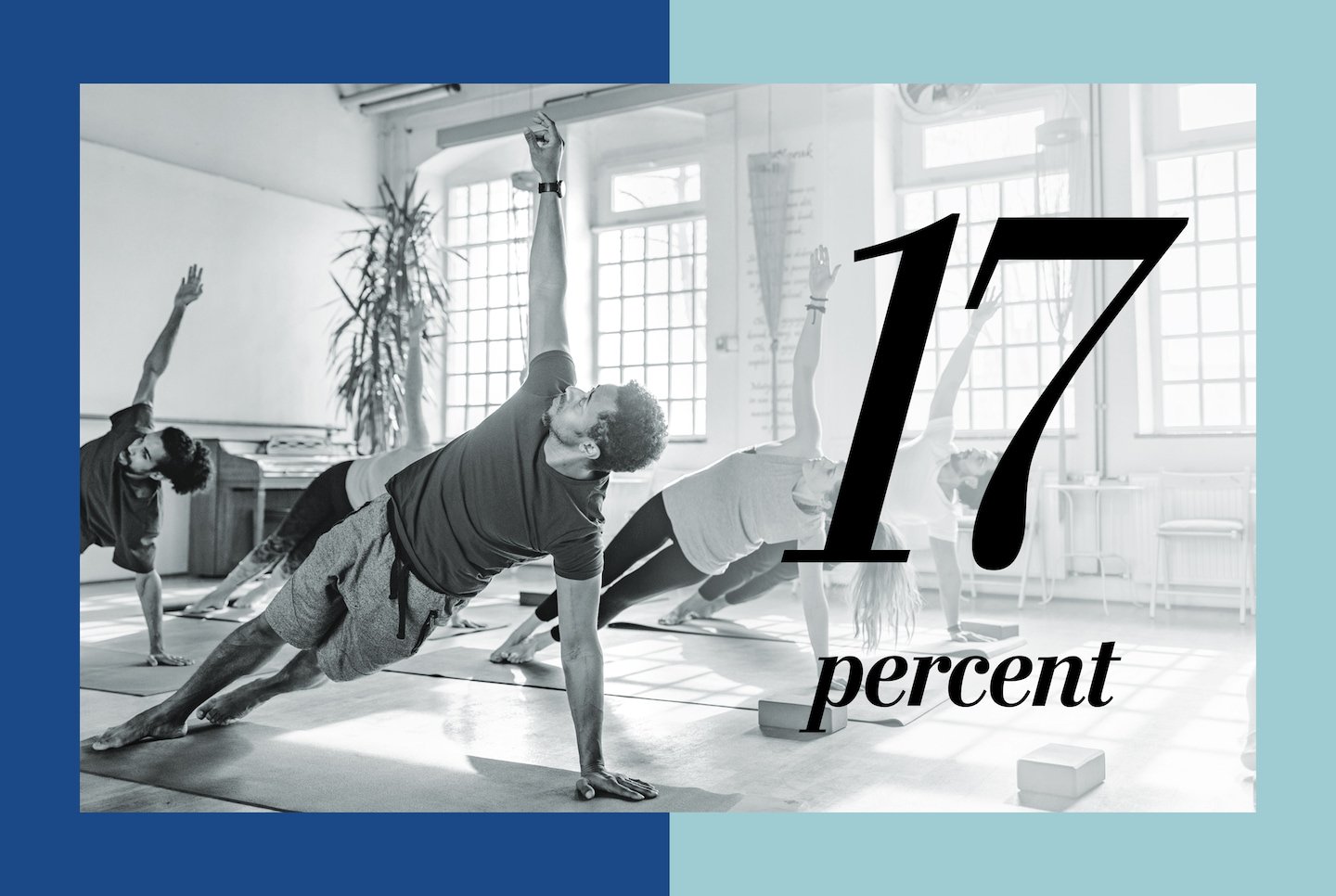The researchers found that yoga practices vary by gender, age, race, Hispanic origin, and family income. The data showed that women are twice as likely as men to practice yoga. About 23% of the sample said they practiced yoga, compared with 10.3% of men.
About 21% of adults ages 18 to 44 practiced yoga, more than any other age group in the sample. Additionally, non-Hispanic Asian adults were more likely to practice yoga than other races. Socioeconomic factors also influenced yoga practice.
The report found that adults earning more than 400% of the federal poverty line are more likely to practice yoga than those at other income levels.
When asked about their reasons for practicing yoga, 80% said they practiced it to improve their overall health, 57.4% said they practiced meditation as part of their yoga routine, and 28.8% said they practiced yoga to treat or manage pain. However, as family income increased, the percentage of adults who practiced yoga to treat or manage pain decreased.
The share of U.S. adults who practice yoga has increased significantly since 2002, when 5% of Americans said they practiced yoga, the National Center for Complementary and Integrative Health reported this year. Yoga can help promote physical and mental health, the CDC says.
This article is part of The Washington Post’s “Big Numbers” series, which provides brief statistical insights into health issues. Additional information and related studies are available via hyperlinks.

